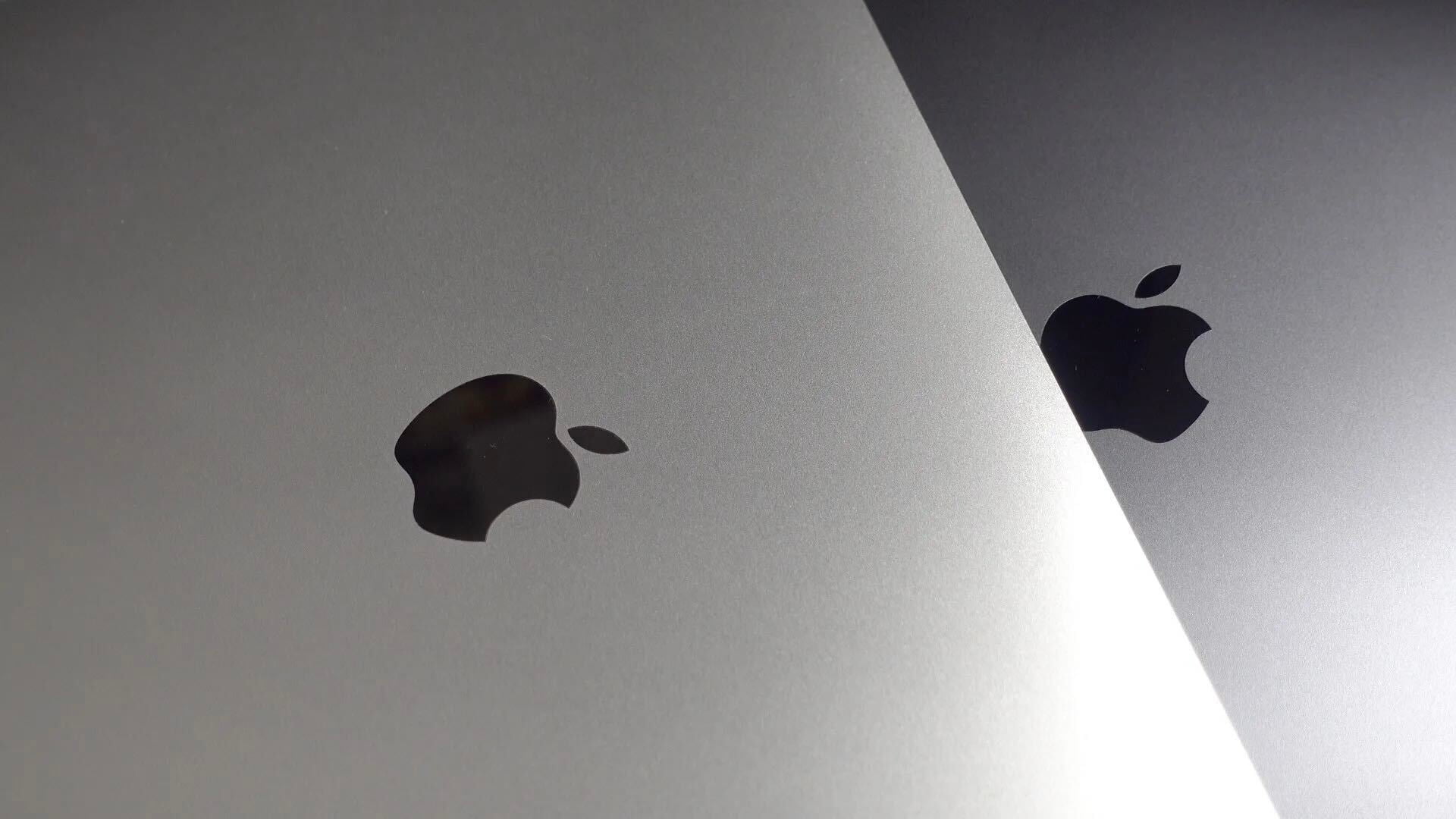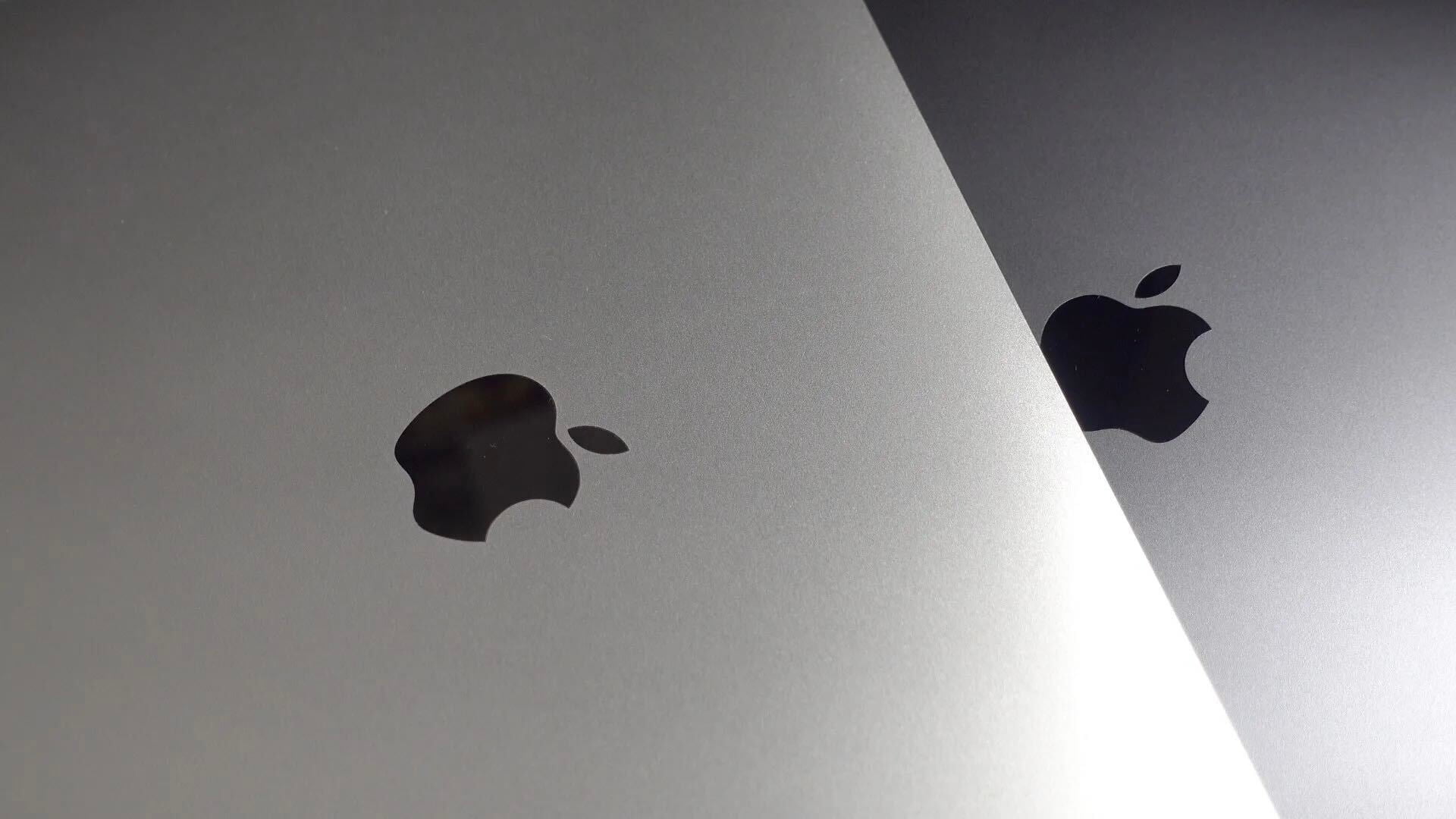“One port to do it all” – the new integrated USB-C/Thunderbolt 3 port makes it into the first laptop


Apple’s decision to equip the 12-inch MacBook with just a single port was a controversial one, but the USB-C port Apple chose just got a whole lot more powerful. Intel announced back in June that it was integrating USB-C and Thunderbolt 3 to create “one compact port that does it all” – and that port just hit the market in the form of the revamped Dell XPS range.
That means that a single port combines superspeed USB, Thunderbolt, DisplayPort, PCI Express and power. The DisplayPort channel can simultaneously handle two 4K monitors.
Dell has opted to include two of the new ports, and this is an approach I think we can expect Apple to take with the new MacBook Air models (whatever they are actually called) and, in time, the MacBook Pro …
Expand
Expanding
Close




